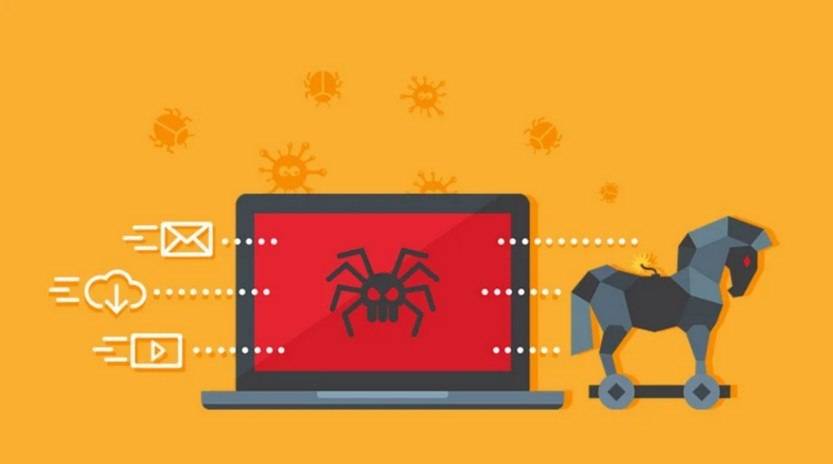Scams have become increasingly prevalent in the digital age, with scammers constantly finding new ways to deceive unsuspecting individuals. One such scam that has gained traction in recent years is the ‘Your Transaction Received’ binary options scam email. This article aims to provide a comprehensive overview of this scam, including what it is, how it works, what to do if you have fallen victim, technical details, and relevant statistics.
What is the ‘Your Transaction Received’ Binary Options Scam Email?
The ‘Your Transaction Received’ binary options scam email is a fraudulent scheme that targets individuals who have shown interest in binary options trading. Binary options trading is a financial derivative where traders speculate on the price movement of various assets, such as stocks, commodities, or currencies. Scammers exploit the popularity of binary options trading to trick victims into believing they have made a successful transaction.
How Does the Scam Work?
The scam typically begins with the victim receiving an email with the subject line ‘Your Transaction Received’ or a similar variation. The email appears to be from a binary options trading platform or broker, informing the recipient that their transaction has been successful. The email often includes details such as the transaction amount, the asset traded, and the supposed profit.
However, the victim may not have engaged in any binary options trading or may not even have an account with the platform mentioned in the email. The scammers use this tactic to create a sense of urgency and excitement, enticing the victim to take immediate action.
The email usually contains a link or an attachment that the victim is instructed to click or download to access more information about the transaction. This is where the scam unfolds. Clicking the link or downloading the attachment can lead to various negative consequences, such as:
- Installation of malware or spyware on the victim’s device
- Phishing attempts to steal personal and financial information
- Redirecting the victim to a fake website that mimics a legitimate binary options trading platform
- Requesting payment for supposed transaction fees or taxes
By falling victim to this scam, individuals may suffer financial losses, identity theft, or other forms of cybercrime.
What to Do If You Have Fallen Victim?
If you have fallen victim to the ‘Your Transaction Received’ binary options scam email, it is crucial to take immediate action to minimize the potential damage. Here are the steps you should follow:
- Disconnect from the internet: As soon as you realize you have fallen victim, disconnect your device from the internet to prevent further communication between the scammer and your device.
- Scan for malware: Run a thorough scan of your device using reliable antivirus software, such as Malwarebytes Free, to detect and remove any malware or spyware that may have been installed.
- Change passwords: Change the passwords for all your online accounts, especially those related to financial institutions or sensitive information.
- Contact your bank or credit card company: Inform your bank or credit card company about the scam and any unauthorized transactions. They can guide you on the necessary steps to protect your accounts and dispute any fraudulent charges.
- Report the scam: Report the scam to your local law enforcement agency and relevant authorities, such as the Federal Trade Commission (FTC) in the United States or Action Fraud in the United Kingdom. Providing them with all the details can help in their investigations and potentially prevent others from falling victim.
Technical Details of the Scam
The ‘Your Transaction Received’ binary options scam email relies on social engineering techniques to deceive victims. The scammers often use spoofed email addresses or impersonate legitimate binary options trading platforms to make their emails appear genuine. They may also employ tactics such as urgency, excitement, and fear to manipulate the victim’s emotions and prompt immediate action.
Furthermore, the links or attachments included in the email may contain malicious code or lead to fake websites designed to collect personal and financial information. These websites often mimic the appearance of legitimate trading platforms, making it difficult for victims to distinguish between the real and the fake.
Statistics on Binary Options Scams
Binary options scams have become a significant concern in recent years, with numerous individuals falling victim to these fraudulent schemes. Here are some statistics that shed light on the prevalence and impact of binary options scams:
- In 2020, the Federal Bureau of Investigation (FBI) received over 1,800 complaints related to binary options scams, with reported losses exceeding $30 million.
- According to the UK’s Financial Conduct Authority (FCA), victims of binary options scams in the UK lost an average of £14,600 ($20,000) in 2017.
- A study conducted by the European Securities and Markets Authority (ESMA) found that 74% to 87% of individuals who traded binary options lost money.
These statistics highlight the severity of the issue and emphasize the importance of raising awareness about binary options scams to protect potential victims.
Summary
The ‘Your Transaction Received’ binary options scam email is a deceptive scheme that preys on individuals interested in binary options trading. By sending fraudulent emails claiming successful transactions, scammers aim to trick victims into clicking malicious links or downloading harmful attachments. Falling victim to this scam can result in financial losses, identity theft, and other cybercrimes.
If you receive such an email, it is crucial to remain vigilant and take immediate action to protect yourself. Disconnect from the internet, scan your device for malware, change passwords, and report the scam to relevant authorities. By staying informed and cautious, you can avoid becoming a victim of binary options scams and help others do the same.











